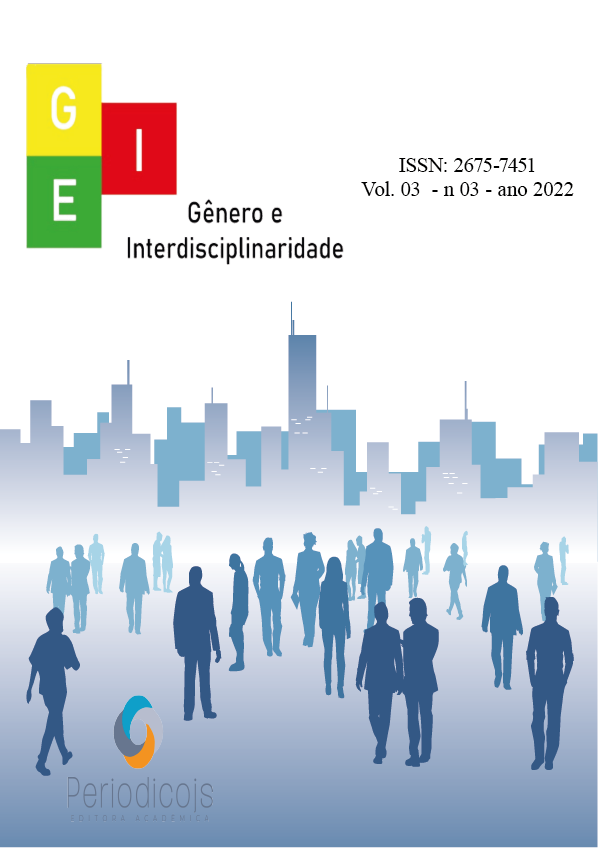Resumo
The article presents radio in the school environment, as a didactic resource to promote the teaching-learning process, reporting the experience of the Extension Project “Communicating and integrating is necessary: Rádio integraIF”. The Project was developed between February and November 2019 and was aimed at integrated high school students. Its objective was to meet the information, integration and entertainment needs of high school students at the Instituto Federal do Acre, Campus Tarauacá-Acre. The proposal focused on five stages: a) Presentation of the project and raising awareness among students; b) Training workshops; c) Organization of the physical structure; d) Planning and execution of schedules; and, e) Assessment, through a conversation circle. In the end, it was verified that the project contributes to improve coexistence and group work, respect for differences, and the levels and rhythms of learning of each of the team members, in addition to stimulating oral communication, a sense of responsibility, autonomy, the capacity for initiative, can still favor interdisciplinarity, social interaction and entertainment.
Referências
ALMEIDA, V. de. O potencial da rádio na escola: formação crítica na voz de estudantes de escola pública. Dissertação (Programa de Pós-Graduação em Educação e Comunicação) – Universidade Federal de Santa Catarina, Florianópolis, 2015.
BRASIL. Ministério da Educação e do Desporto. Conselho Nacional de Câmara de Educação Básica. Resolução CNE/CP nº 2, de 22 de dezembro de 2017. Institui e orienta a implantação da Base Nacional Comum Curricular. Disponível em: http://www.planalto.gov.br. Acesso em: 9 jul. 2020.
FREIRE, P. Pedagogia da autonomia: saberes necessários à prática educativa. São Paulo: Paz e Terra, 2017.
FREIRE, P. Extensão ou comunicação? 10. ed. Rio de Janeiro: Paz e Terra, 1992.
FREIRE, P. Importância do ato de ler: em três artigos que se completam. 4. ed. São Paulo: Cortez, 1989.
GADOTTI, M. O Pensamento pedagógico brasileiro. São Paulo: Editora e Livraria Instituto Paulo Freire, 2009.
IBGE. INSTITUTO BRASILEIRO DE GEOGRAFIA E ESTATÍSTICA. Disponível em: https://cidades.ibge.gov.br/brasil/ac/tarauaca/panorama. Acesso em: 22 out. 2019.
MANTOAN, M.T.E. Inclusão escolar: o que é? Por que? Como fazer. São Paulo. Moderna, 2003.
MORAN, J. M. Novas tecnologias e mediação pedagógica. 21. ed. Campinas: Papirus, 2013.
PILETTI, C. Didática Geral. 23. ed. São Paulo: Ática, 2004.
PIMENTA, S. G. Formação de professores: saberes da docência e identidade do professor. Revista Faculdade de Educação, São Paulo, v. 22, n. 2, p. 72-89, dez. 1996. Disponível em: https://www.revistas.usp.br. Acesso em: 2 jun. 2021.
SILVA, N. S. A função da leitura no processo de aprendizagem. Caderno dos Desafios da Escola Pública Paranaense na Perspectiva do Professor, Paraná, v.1, n. 1. Jul. 2013.
ZABALA, A. A prática Educativa: como ensinar. Porto Alegre: Artmed, 1998.
VERDUM, P. Prática Pedagógica: o que é? O que envolve? Revista Educação por Escrito, Rio Grande do Sul, v. 4, n. 1, p. 91-105, jul. 2013. Disponível em: https://revistaseletronicas.pucrs.br. Acesso em: 10 jun. 2021.
ViGOTSKY, L.S. Pensamento e linguagem. São Paulo: Martins Fontes, 2010.





